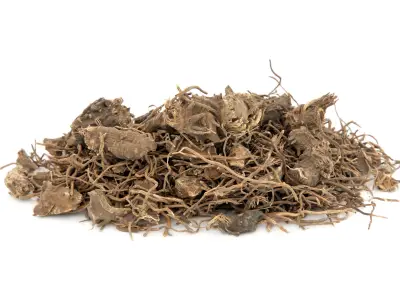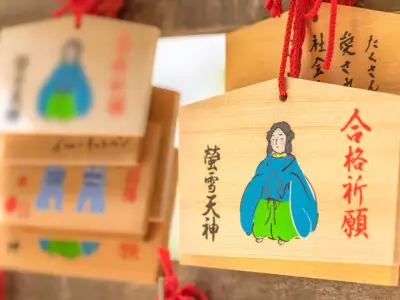The Leprechaun - a mischievous little man, usually dressed in green and who loves hiding his gold at the end of the rainbow - is not only one of the most famous Irish legends, but is one of the most recognisable symbols to come out of Ireland full stop.
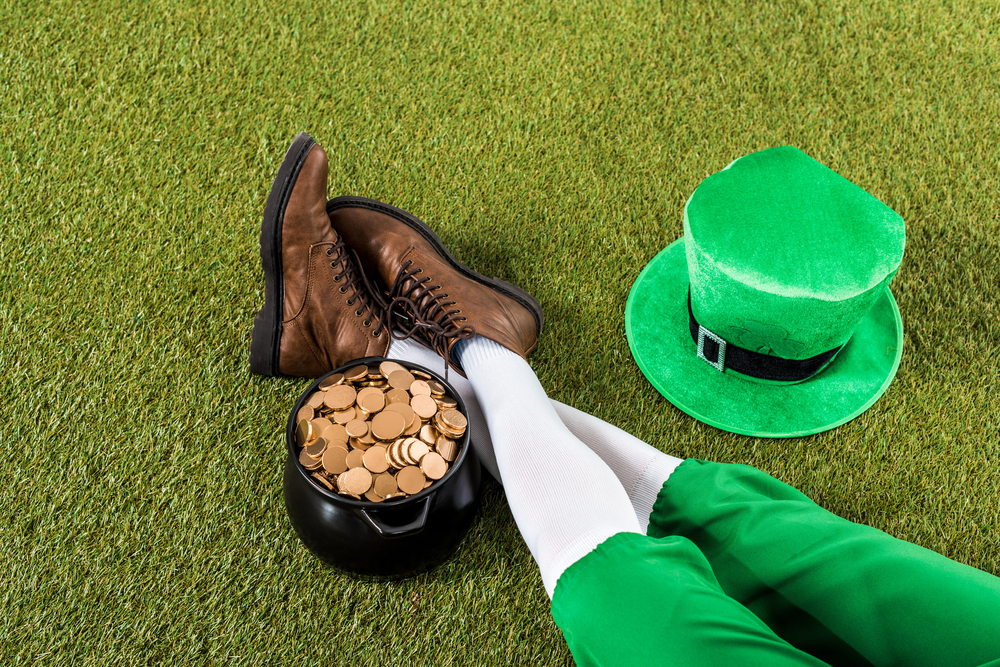
Jump to:
According to fables, Leprechauns are tiny entities that usually take on the form of an old man wearing a green or red coat. They make shoes as a vocation and love storing coins in a pot of gold, which they hide at the end of the rainbow. Widely portrayed as small and agile male fairies or goblins, Leprechauns live solitary lives and are infamous for being extremely difficult to catch or trap. If someone is lucky enough to capture a Leprechaun, then they should still keep a watchful eye on them, as they have a habit of escaping. If the captors are lucky enough to keep the Leprechaun under wraps, then they will be granted three wishes!
Leprechauns share many characteristics with more ancient creatures from Irish and Celtic mythology, as well as wider European mythology. Since the 19th century, Leprechauns have risen to prominence as probably the most recognisable symbol of Irish folklore and culture, so we thought we’d explore their origins and legends in more detail.
Recommended for you!
Best SellersThe Different Names of the Leprechaun
While the term ‘Leprechaun’ is a household name, the famous little Irish creature has not always gone by this name. The term Leprechaun is actually an anglicised word of much older terms used throughout Ireland, based on different spellings and grammar.
In Ulster, one of the four traditional and historic Irish provinces, the original term for these creatures was ‘Luchramán’. In Connacht, it was ‘Lúracán’, in Leinster, it was ‘Luprachán’, and in Munster, it was ‘Lurgadán’. All of these words are derived from the medieval Middle Irish term ‘Lurchopán’, which somewhat ironically translates to ‘small body'.
Leprechauns were part of Irish oral tradition long before they were written into folklore in the form of epic poems during the High Middle Ages. So, while they may have hit the height of their popularity in the 19th century, their origins go back much further.
History of the Leprechaun
Origin
According to many scholars, the world-famous Leprechaun comes from the ancient Irish-Celtic hero Lugh.
In ancient Ireland, Lugh was the god of sun and light and the great warrior ruler. Unfortunately, his reputation diminished over time as Europe became more and more Christianised when he was transformed into ‘Lugh-chromatin’, which translates to ‘stooping Lugh.’ After that, Lugh became a sort of fairy craftsman, which led to him eventually becoming known as a Leprechaun: the diminutive fairy-goblin of Irish folklore.
Some researchers highlight that the term Leprechaun came from the Irish term ‘leath brogan,’ meaning shoemaker. This may help to explain the Leprechaun’s affiliation with shoemaking.
Another ancient source of inspiration for the Leprechaun is said to be the small water sprites of Celtic mythology. These elves or fairies are known as the previously-mentioned Luchorpán or Luchorpáin. They first appeared in Irish literature in the Echtra Fergusa maic Léti, which dates back to the 8th century CE. In the tale, mischievous sprites capture the sleeping hero, Fergus, steal his sword, and try to carry him over water. Fergus awakens when his toe inadvertently touches the water, and he then grabs the three sprites. They win their freedom by promising to teach him how to swim. It is said that these sprites merged with a household fairy and developed a penchant for alcoholism, which meant no drinks cabinet was safe!
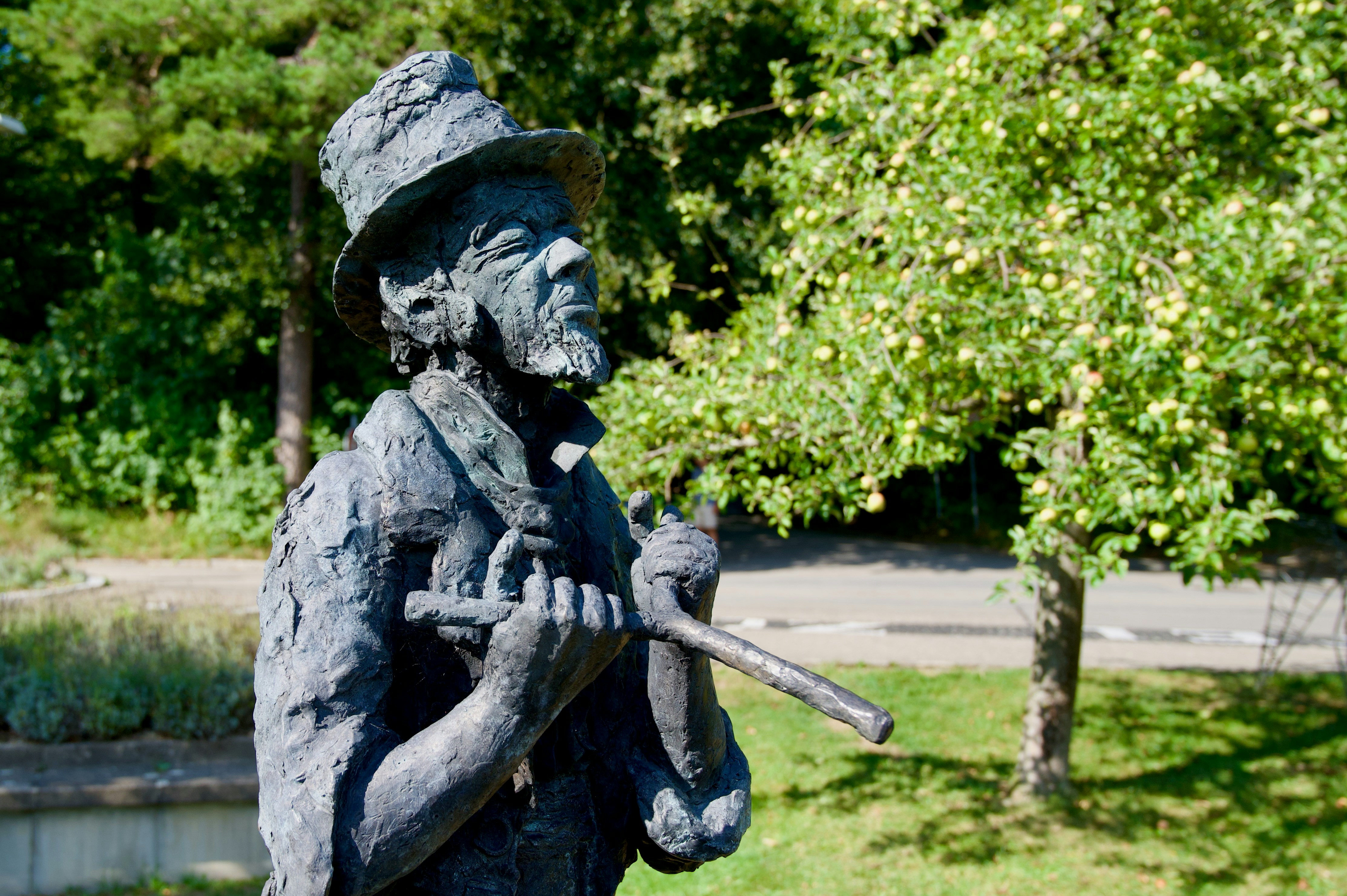
Other Inspirations
The history of the Leprechaun is unique in that there is no one definitive origin. Some of the other possible creatures that may have been used as inspiration for the Leprechaun include the Clúracán, who are mischievous fairies often seen in Irish and wider European folklore. They love drinking and are often said to haunt wine cellars, breweries, and pubs, which could help to explain the common association between Leprechauns and excessive drinking habits. The Clúracán were also known to carry around purses full of silver; again, this might provide some insight into the affiliation between Leprechauns and money. Although they are said to be small in stature, they are said to have large appetites. They’re known for scaring away any servant who may attempt to steal the wares from the cellars or breweries they reside in. The Clúracán actually share similar characteristics to the Brownies of Scottish folklore. Brownies live in barns and do chores at night. However, although helpful, if aggrieved the Brownies are known to break things (like plates) and spill milk.
Another antecedent is Far Darrig. Far Darrig is an ugly little fairy with a wrinkled old face. The name ‘Far Darrig’ is an Anglophone pronunciation of the Irish word ‘Fear Dearg’, which means ‘Red Man’. Unsurprisingly, they are said to wear a red coat and accompanying red cap. Interestingly, in some regions of Ireland Far Darrig is known to be tall, but can change his size at will. Similar to the Leprechaun, he is fond of practical jokes. However, while the Leprechaun's jokes are usually harmless and more playful, Far Darrig’s can be deadly.
Finally, there are also the Muros from the folklore of Celtic Galicia and Asturias. These entities guard tombs and have a keen fondness for treasure.
The idea of Leprechauns very probably borrowed aspects and characteristics from all of these creatures. So, while all of these creatures form the basis for the Leprechaun, Ireland’s most famous mythological creature cannot be solely accredited to one source.
Characteristics of the Leprechaun
Appearance
One of the most distinctive features of the Leprechaun is their famous attire. Before the 20th century, Leprechauns would usually wear red, not green, clothes.
However, undoubtedly, their most famous colour is now green. They are usually depicted wearing green suit-like clothing with a black belt buckle. The buckle can also be wrapped around their tall green tophat. They often wear white shirts and white socks that are pulled up to their knees, which stand in direct contrast to their black leather shoes.
Another common feature of a Leprechaun's appearance is their famous red hair and accompanying red beard. They can sometimes have pasty white skin, although certain horror-based depictions feature scaly/reptile-like skin. Although it almost goes without saying, most Leprechauns are usually shown to be quite short.
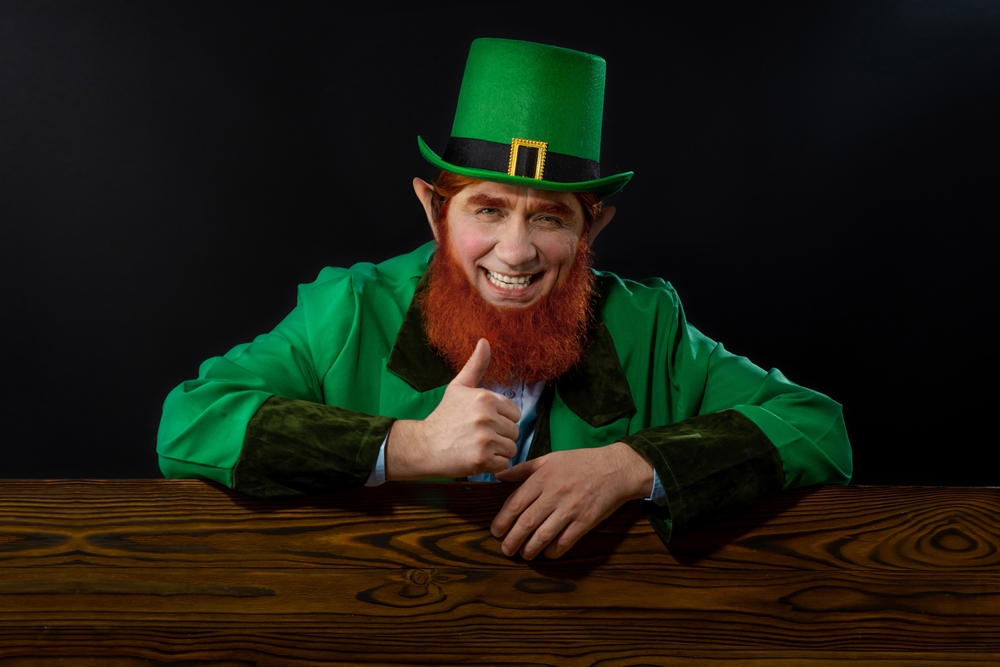
The Pot of Gold and Rainbow
One of the most common traits of the Leprechaun is their affiliation with gold, specifically how they hide the gold they find at the end of the rainbow. Scientifically, a rainbow does not have a fixed spot and, subsequently, does not have an end. This helps to further illustrate the fantastical elements of the Leprechaun story.
Quite why Leprechauns need gold has been the topic of much debate. After all, they can’t actually spend it! Some researchers have suggested that they simply use gold to trick humans. Considering their propensity for trickery, this does not seem beyond the realms of possibility.
When Captured
While it’s not overly common within the stories, the Leprechaun can sometimes be caught. However, if you thought that Leprechauns under capture would stop their deception and trickery, then you would be wrong!
When a Leprechaun is captured, it's said that he must grant their captor three wishes or give them his pot of gold in exchange for his release. However, Leprechauns are known for their cunning and deceptive nature, so obtaining these rewards can be challenging, as they often try to outsmart their captors.
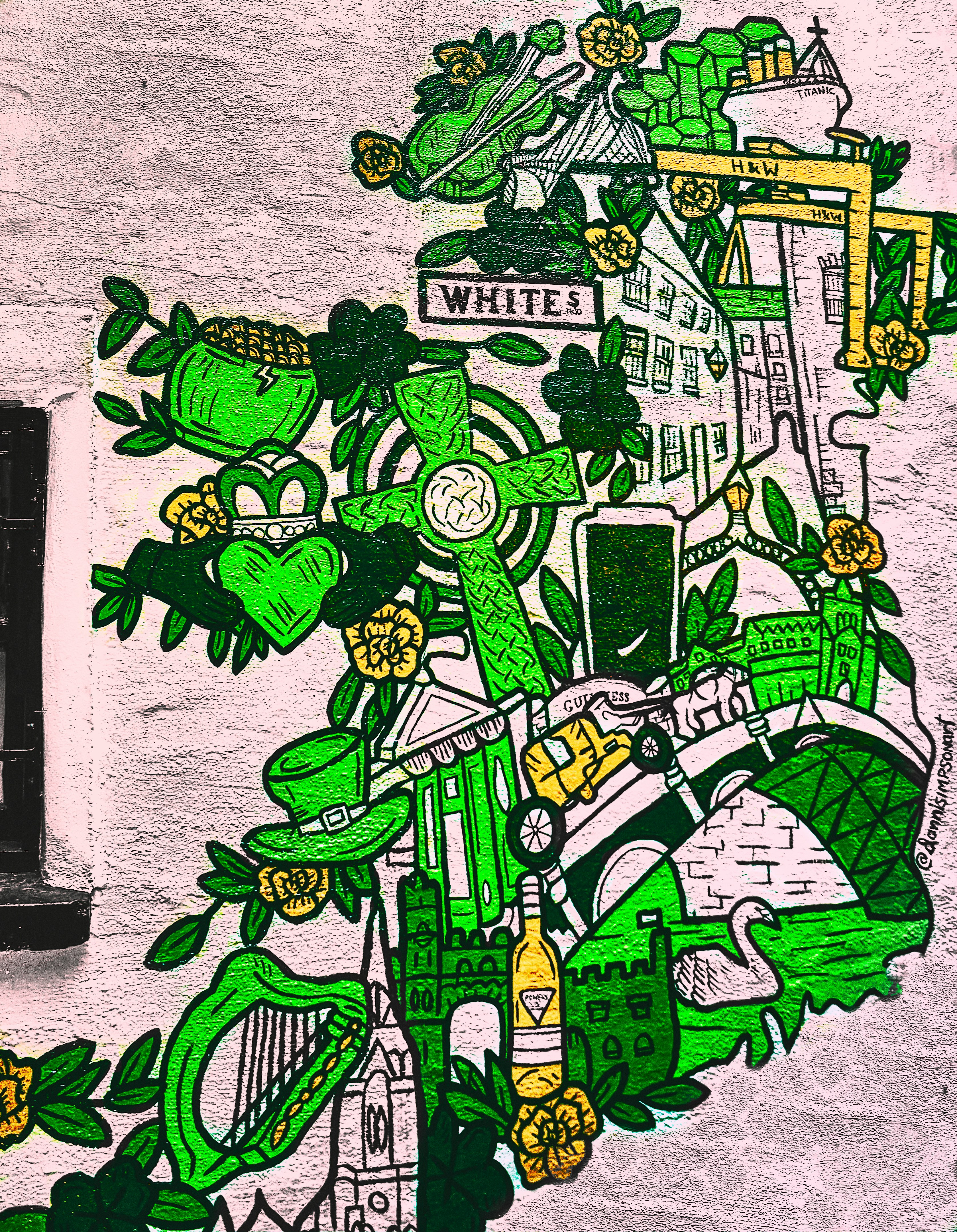
FAQs About Leprechaun
How Tall Is A Leprechaun?
Reports can vary greatly regarding the exact height of a Leprechaun. The general consensus is that Leprechauns are about 3 feet tall, although they can vary in size, usually between 2 and 3 feet.
How Much Would A Leprechaun Weigh?
Rather unsurprisingly, due to their height, Leprechauns are light creatures. While information about their weight is quite sparse, they are estimated to weigh between 20 and 25 kgs.
How Do You Catch a Leprechaun?
There are said to be multiple ways to catch a Leprechaun. Gold coins make good bait and are commonly used to lure Leprechauns into elaborate traps. Other commonly cited ways to catch a Leprechaun include using other forms of riches or exotic treats.
What Is A Female Leprechaun?
Technically speaking, there is no such thing as a female Leprechaun. The female counterpart to an Irish leprechaun would technically be a fairy.
Can You Be Invisible to Leprechauns?
The short answer is, yes. According to Irish folklore, wearing green can make you invisible to Leprechauns.
Have Leprechauns Appeared in Popular Culture?
Leprechauns have made frequent appearances in popular culture. Many Celtic music groups have used the term Leprechaun as part of their naming convention or as an album title. They also appear on the branding for the cereal Lucky Charms, albeit in a more comedic manner.
Another famous appearance of Leprechauns is in the horror film series ‘Leprechaun.’ In the series, the Leprechaun is a goblin-like creature played by Warwick Davis.
Learn More About Leprechauns with Centre of Excellence
Learn more about Leprechauns and Irish Mythology with the Centre of Excellence. You can purchase our Irish Mythology Course right now for the discounted price of £29 (instead of the original price tag of £127).
There’s also the option of Grow: our subscription service. With Grow Yearly, just £192 per year (i.e. £16 per month) will get you full access to our Irish Mythology course plus 11 other courses from our library as a whole, as well as 12 audio courses! Grow also comes with an in-built 10% reduction on printed materials and certificates, plus exclusive discounts and reward points that you can redeem for brilliant prizes.
The world of Irish mythology is expansive and enthralling, so what are you waiting for? Enrol today!











